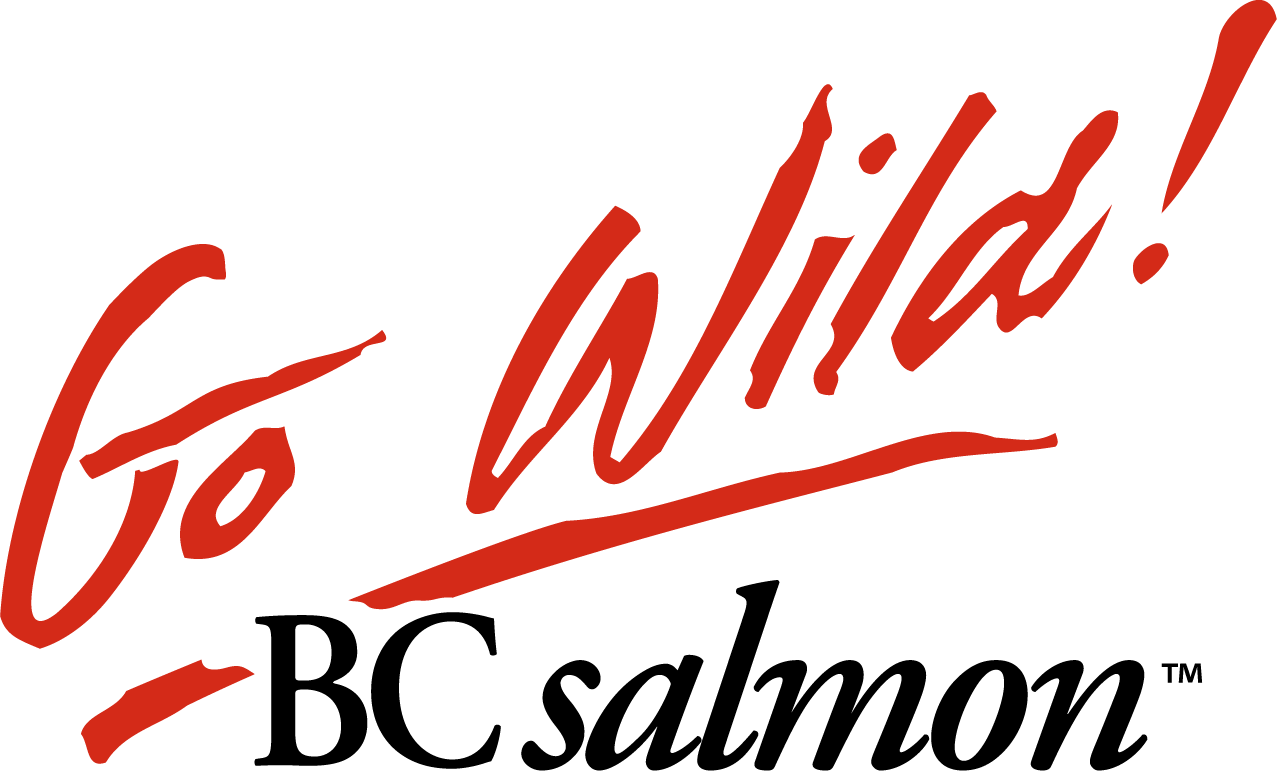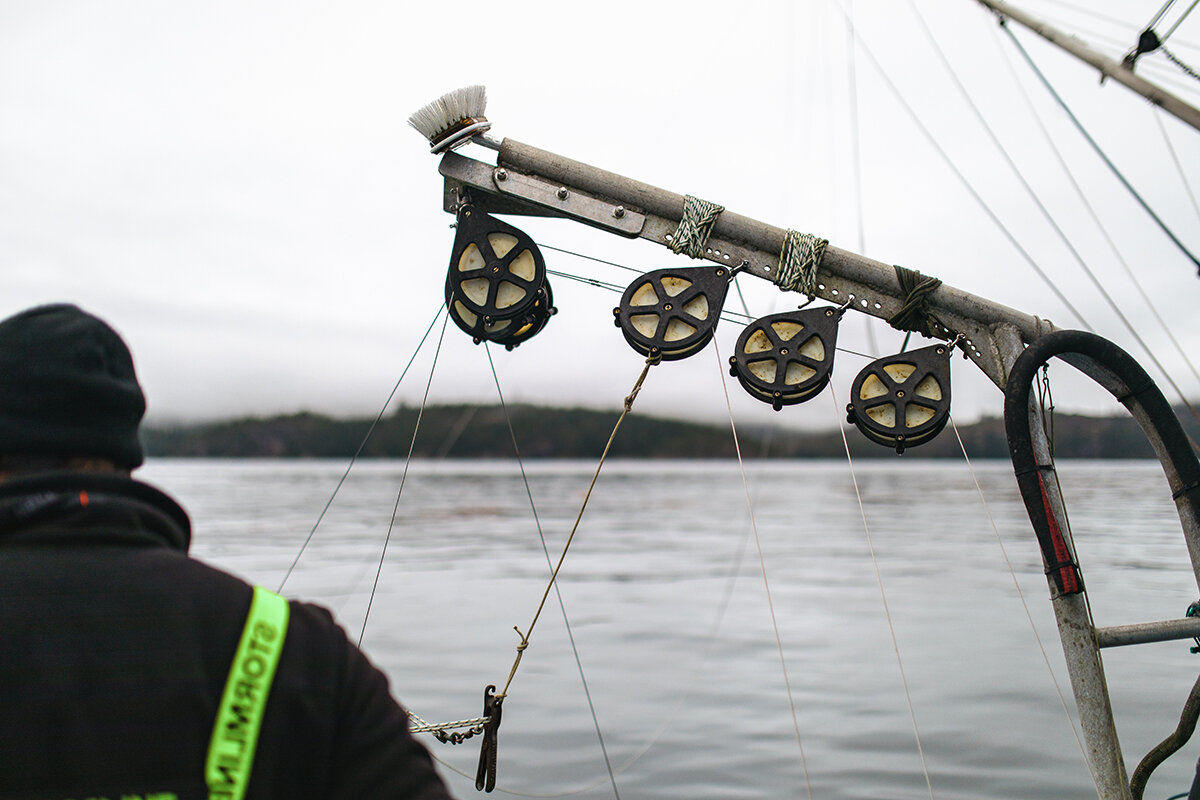Sustainable Harvesting Practices
BC’s commercial salmon fishery implements sustainable harvesting practices to protect the resource and its habitat.
This conservation based fisheries management regime permits the controlled harvest of more abundant wild salmon stocks while protecting weaker ones to ensure a healthy resource today and in the future.
SELECTIVE HARVESTING
Most importantly, BC commercial fishermen use selective harvesting techniques which, in conjunction with close monitoring of run size and catches, allow for optimum escapement levels (the number of salmon returning to spawn).
Selective harvesting is defined as the ability to avoid known non-target species and stocks or, if encountered, to release them alive and unharmed. The need for selective fisheries arises because stocks/species are often mixed with weaker, less abundant fish that may be endangered or threatened; ways must be found to catch the target stocks or species with acceptable survival of the weaker, less abundant fish; and, bycatch (the inadvertent harvest of different species of concern) is an impediment to other fisheries.
Selective harvesting practices in the commercial BC salmon fishery include: fishing at tightly controlled times and in specific areas to avoid encounters of non-target species; using selective fishing gear and methods that minimize the catch of non-target species; and, implementing best practices to release non-target species when inadvertently caught and ensuring their survival when released.


